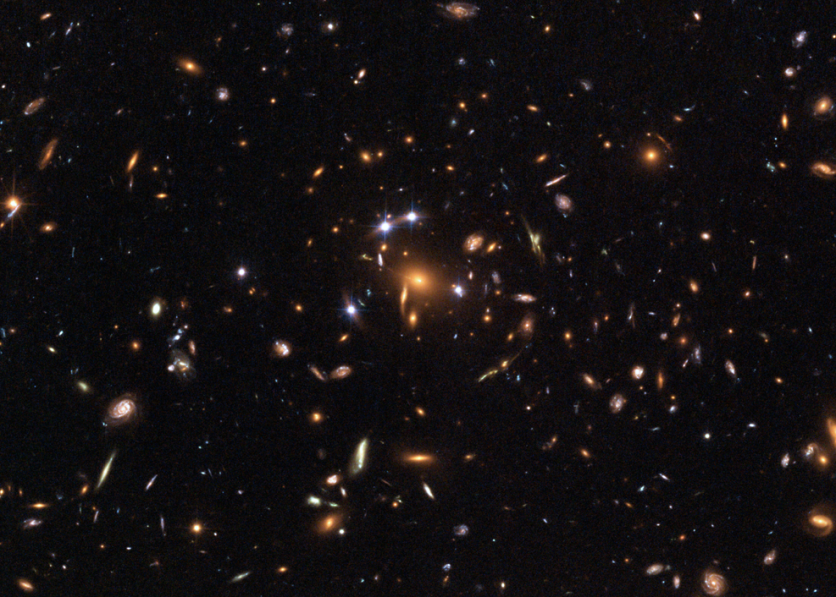According to a press release from Australia's Nuclear Science and Technology Organization (ANSTO), the Stawell Below Physics Laboratory has been constructed from a gold mine over a mile underground in Victoria to detect dark matter.
85% of the mass of our universe is believed to be made up of dark matter, but it is an invisible element that is virtually undiscovered by humans.

Scientists have been developing dark matter detectors to learn more about it, and one of the "most sensitive" detectors has produced some remarkable findings, as reported first by Interesting Engineering.
Cutting Dark Matter Detector
Scientists will employ the cutting-edge SABRE (Sodium iodide with Active Background Rejection) Dark Matter Detector to look for dark matter and provide answers to some of the most important physics questions in the ultra-low radiation deep underground environment.
The detector is made up of a vessel measuring 8.5 feet by 10.1 feet (2.6 m by 3.1 m) and composed entirely of radioactive-free pure steel.
13.22 tons (12 tonnes) of liquid scintillator, a substance that transforms high-energy radiation into visible light, are included inside the lab. Linear Alkyl Benzene (LAB), an organic solvent, is the foundation for the scintillator, composed of fluorescent compounds.
Ultra-pure sodium iodide crystals are essential for detecting dark matter interactions and are submerged inside the liquid scintillator.
The sodium iodide crystals and a scintillator liquid have been connected with photomultiplier tubes (PMTs) to enable the detection of a single photon of light.
Active Veto
Researchers are aware that interactions between dark matter and ordinary matter are uncommon. Any light detection that occurs in both the crystals and the scintillator liquid will therefore be disregarded.
However, the scintillation liquid will function as an active veto because it reduces background radiation, according to the ANSTO. This is a significant advancement over SABRE's predecessor, the Italian DAMA/LIBRA lab, which was charged with finding dark matter.
The scientists have added numerous levels of security on top of the detector's built-in characteristics to shield it from radiation coming from other sources, such as the lab's underground location.
The detector is located in an area that was formerly a gold mine, so cosmic radiation will not affect the area.
A research hall measuring 108 feet (33 meters) long, 32 feet (10 meters) wide, and 40 feet (12.3 meters) high accommodates the setup as well. According to the news release, around 4,700 cubic meters of rock were removed from the site for the laboratory's construction.
Aside from detecting dark matter, ANSTO also intends to use the facility for sensitive environmental sample measurements and research into the development of biological systems in the lack of background radiation.
"With the Stawell Underground Physics Laboratory, we have the tools and location to detect this dark matter. Proving the existence of dark matter will help us understand its nature and forever change how we see the universe," Professor Elisabetta Barberio, head of the Head Centre of Excellence, said.
Related Article : SpaceX Falcon Heavy to Launch NASA's Roman Telescope for Dark Matter, Exoplanets, and MORE
This article is owned by Tech Times
Written by Joaquin Victor Tacla
ⓒ 2025 TECHTIMES.com All rights reserved. Do not reproduce without permission.

![Best Gaming Mouse For Gamers With Smaller Hands [2025]](https://d.techtimes.com/en/full/461466/best-gaming-mouse-gamers-smaller-hands-2025.png?w=184&h=103&f=6fd057ef777bd39251d4e7e82e9b23f1)


